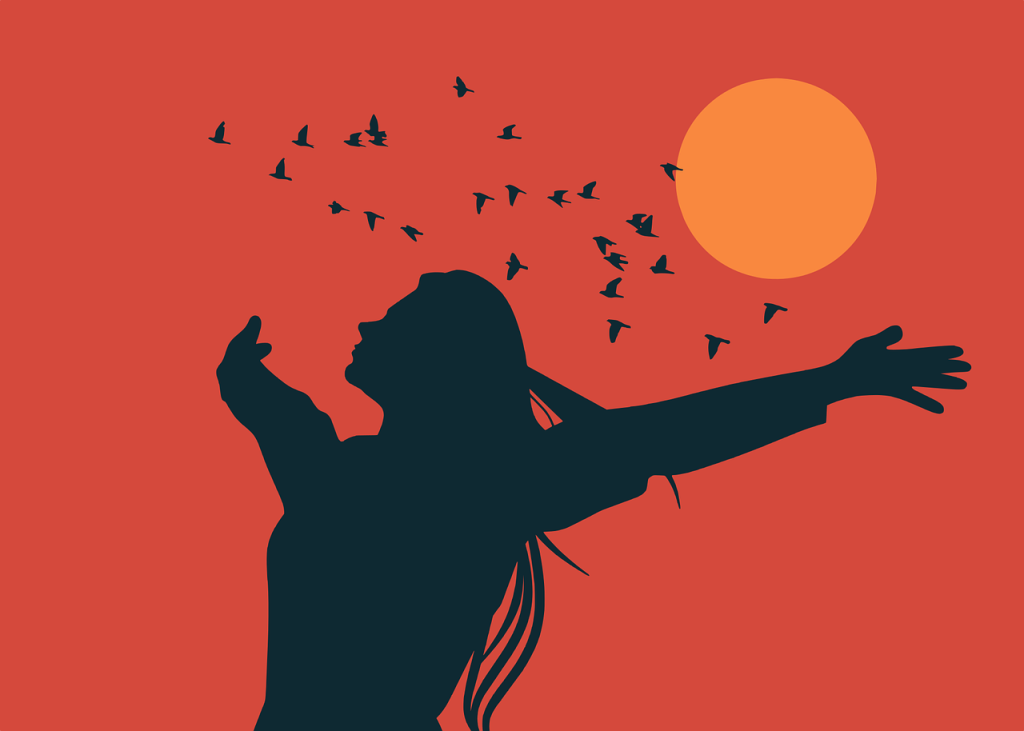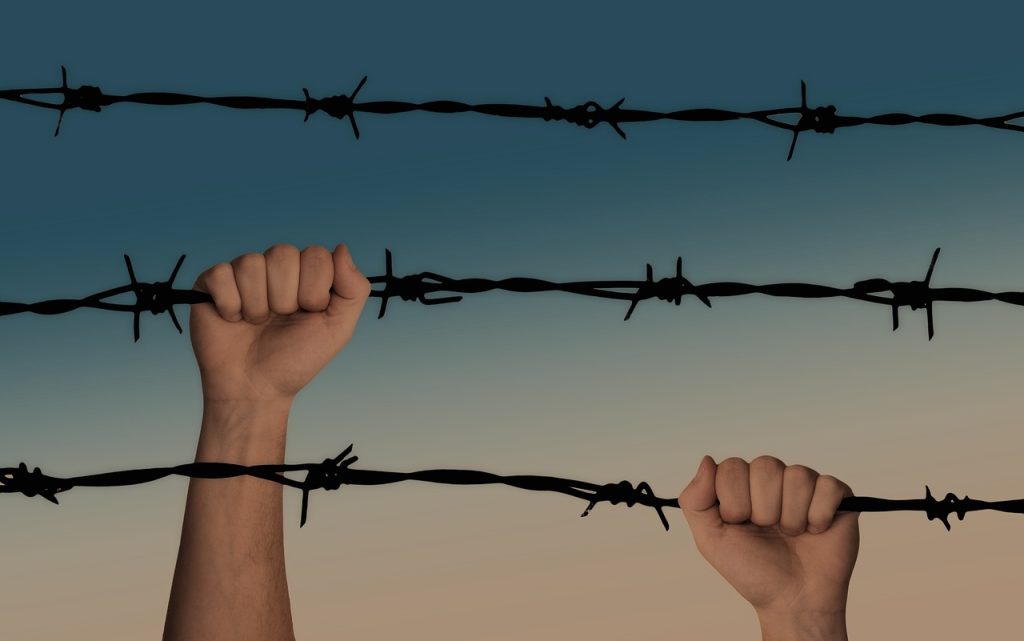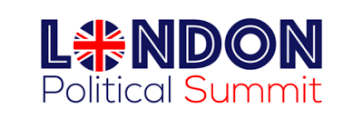
The terms “liberator,” “freedom fighter,” and “nationalist” are often used to describe individuals or groups advocating for political change, independence, or national identity. While these terms can sometimes overlap, they each have distinct meanings. A liberator is an individual or group that frees a people or a country from oppression, tyranny, or occupation. The term is often used to describe leaders who play significant roles in ending foreign domination or internal oppression, granting autonomy, or establishing new, more just governments. For example, Simón Bolívar, known as “El Libertador,” played a key role in the liberation of several South American countries from Spanish rule.
A freedom fighter is someone who takes part in a resistance movement against an oppressive regime, occupation, or colonial power, typically through armed struggle or guerrilla warfare. The term is often used positively to emphasize the legitimacy of their struggle for freedom and justice, though the same individuals may be labeled “terrorists” by opposing sides. Nelson Mandela, who fought against the apartheid regime in South Africa, is widely regarded as a freedom fighter.
A nationalist is an individual or group advocating for the interests and culture of their nation, often seeking political independence or autonomy. Nationalists typically emphasize pride in their nation’s history, culture, and identity, and may pursue self-determination or sovereignty. Mahatma Gandhi, who led the Indian nationalist movement for independence from British rule through non-violent resistance, exemplifies this role.
Liberators often become symbols of national pride and can be seen as both freedom fighters and nationalists. Freedom fighters may or may not focus on national identity but are primarily engaged in the struggle against oppression. Nationalists focus on the promotion and preservation of their nation’s identity and may or may not engage in direct conflict or struggle.
Peaceful protests, reflecting people’s liberation from oppression and economic exploitation by a democratic government in power, can significantly impact government policy decisions and potentially change the direction of government action on socioeconomic implementations. These protests serve as a vital means of people’s liberation by enabling citizens to exercise their rights, demand accountability, and drive social and political change. Peaceful protests often attract media attention, raising public awareness about specific issues. As more people become informed, public opinion can shift, creating broader support for the cause. Mass participation in protests shows the government that a significant portion of the population supports the cause, making it harder for officials to ignore. The visible unity among diverse groups can demonstrate the widespread nature of the support, adding legitimacy to the movement.
Elected officials, sensitive to public opinion and upcoming elections, may feel pressured to respond to the demands of the protesters to secure their political positions. Protests can lead to direct negotiations between government officials and protest leaders, resulting in policy changes or reforms. Governments may revoke or modify unpopular policies in response to persistent and widespread protests. Protests can lead to the introduction of new laws addressing the protesters’ concerns. Protests can disrupt normal economic activities, which may pressure governments to act to restore stability. Protests can influence consumer behavior, affecting businesses and industries, thereby indirectly pressuring the government through economic channels.
Peaceful protests can attract international attention and support, putting additional pressure on the government from foreign entities and international organizations. International human rights organizations may highlight the issues raised by the protests, increasing global pressure for change. Peaceful protests can lead to the formation of grassroots organizations that continue to advocate for change beyond the immediate protest, creating sustained pressure. Protest movements can evolve into political campaigns, with activists running for office or supporting candidates sympathetic to their cause.

The Civil Rights Movement in the United States, including peaceful protests like the Montgomery Bus Boycott and the March on Washington, were pivotal in the passage of the Civil Rights Act of 1964 and the Voting Rights Act of 1965. Mahatma Gandhi’s strategy of nonviolent protest, including the Salt March, played a critical role in India gaining independence from British rule. Peaceful protests and international pressure contributed to the end of apartheid and the establishment of a democratic government in South Africa. More recent examples include the Black Lives Matter Movement, which has led to increased awareness of racial injustice and influenced police reform policies in various states, and the Climate Strikes organized by activists like Greta Thunberg, which have raised global awareness about climate change and influenced environmental policies.
In conclusion, a liberator frees from oppression, a freedom fighter actively resists oppression, often through armed struggle, and a nationalist advocates for the political and cultural interests of their nation. In all these circumstances, the elements of people’s interests, rights, and obligations to demand change are evident. Peaceful protests can impact government policies and directions through raising awareness, demonstrating popular support, influencing political leaders, impacting legislation, causing economic disruptions, attracting international attention, and mobilizing further action. These protests serve as a vital means of people’s liberation by enabling citizens to exercise their rights, demand accountability, and drive social and political change.
